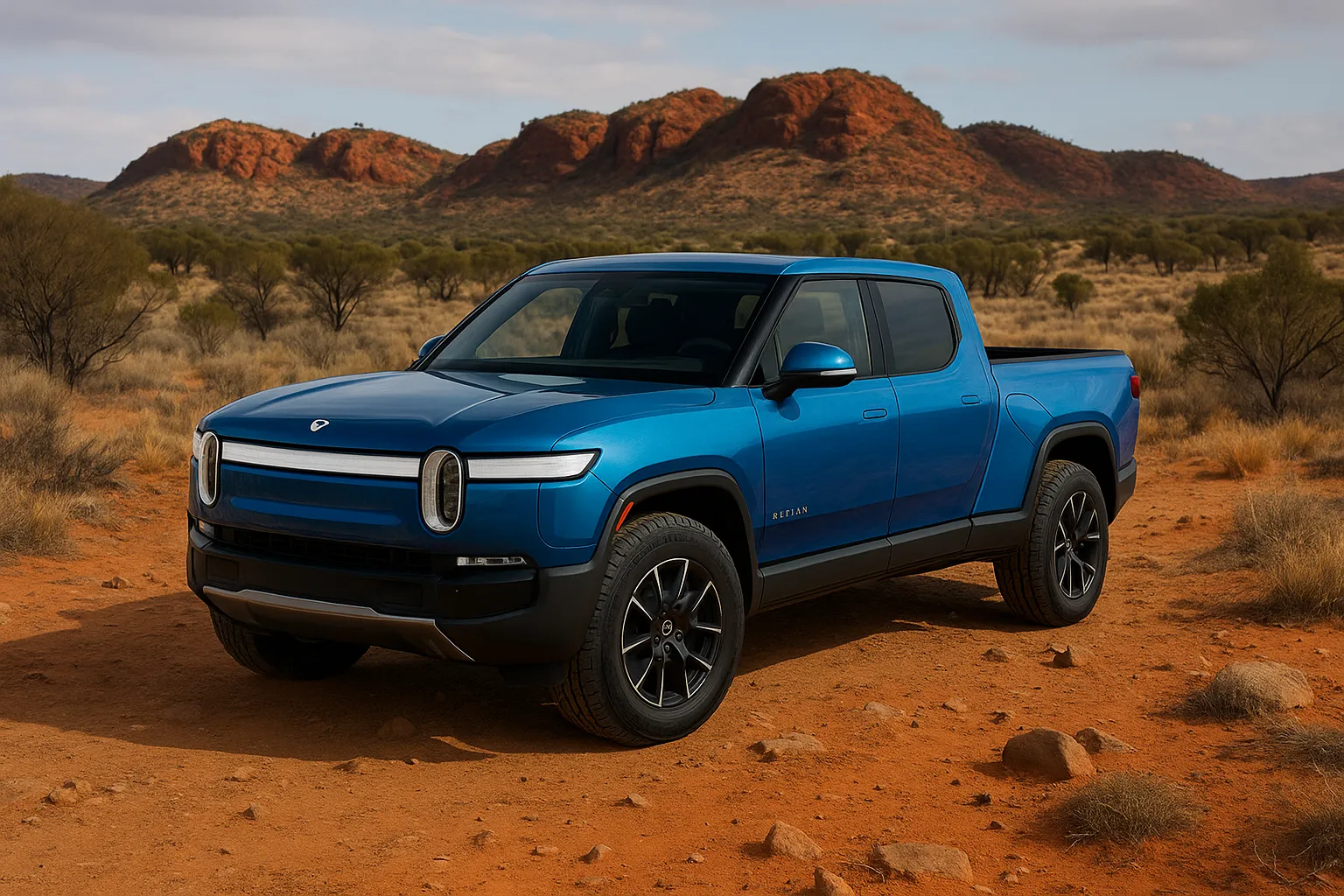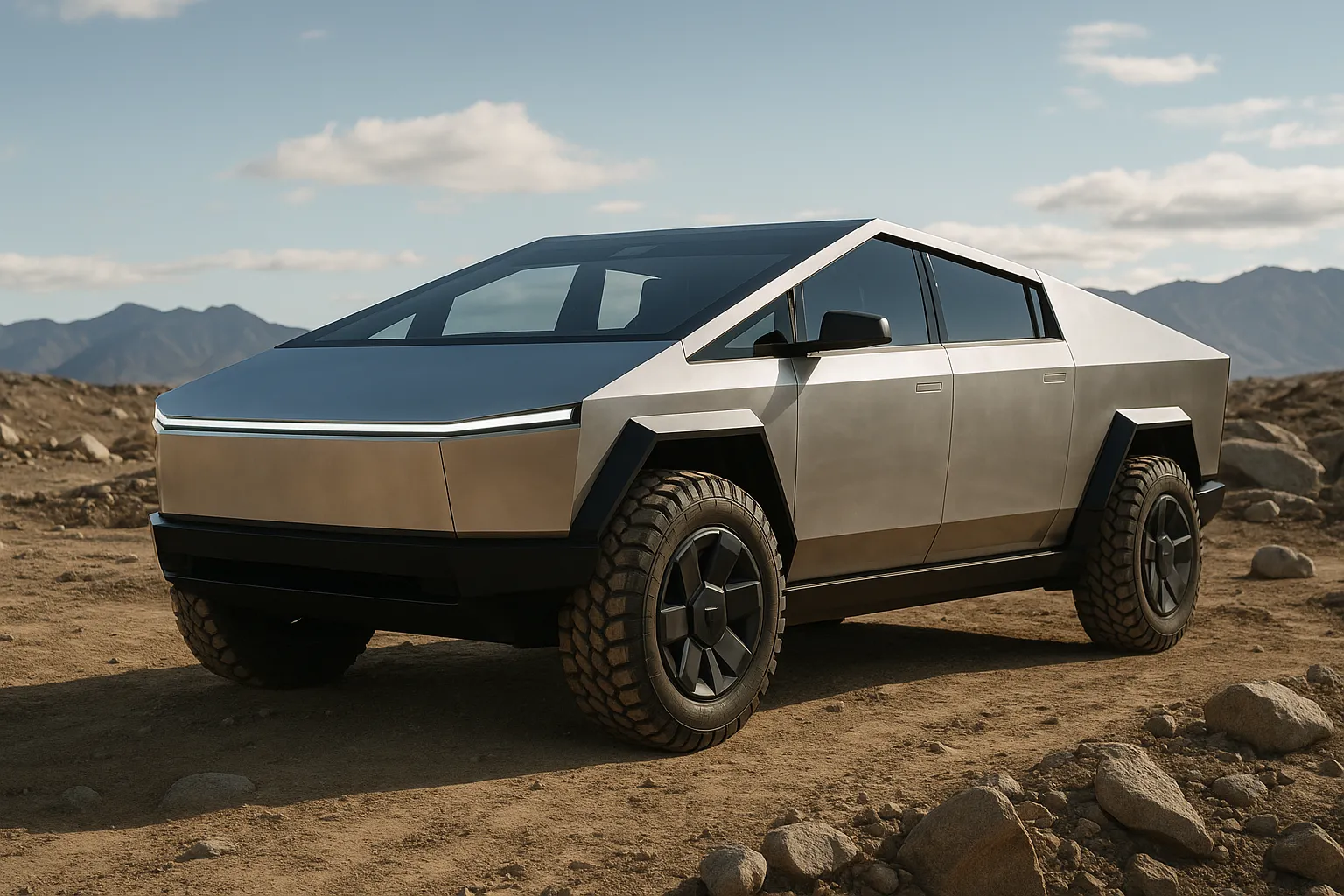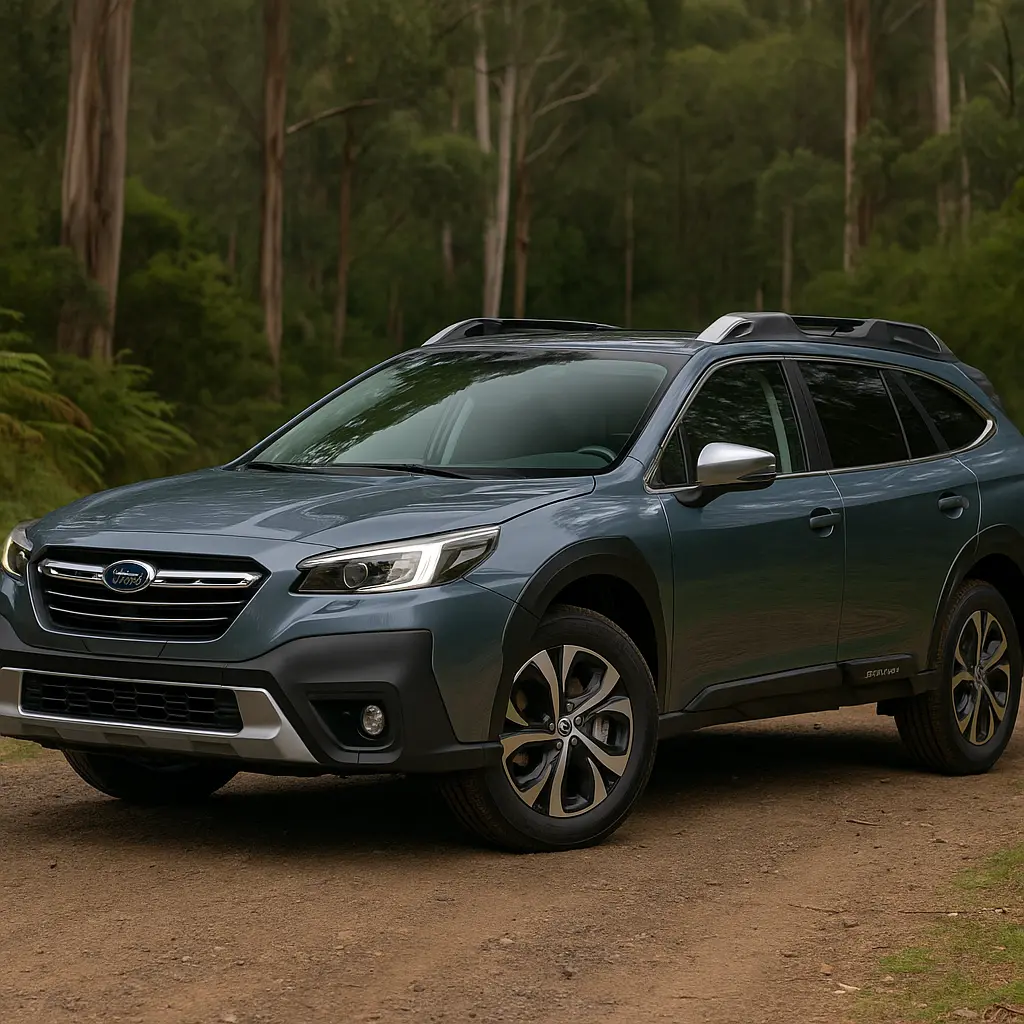Top Electric Utes Coming to Australia – What to Expect
The electric vehicle revolution is no longer confined to city runabouts and family SUVs. One of the most exciting developments in Australia’s EV market is the rise of electric utes – a category set to redefine both worksite grit and weekend adventure.
With Australia’s love for utes, especially those with off-road and towing capability, it’s only fitting that electric utes are becoming a hot topic for tradies, families, and eco-conscious drivers alike. Let’s dive into the most promising electric utes coming to Australia, what to expect in terms of performance, charging, towing, and whether they can really challenge the diesel workhorses we’ve relied on for decades.

Why Electric Utes Matter in Australia
Electric utes promise the power and utility of diesel counterparts with the benefit of:
Zero emissions
Instant torque
Reduced running costs
Lower maintenance needs
Australia’s unique terrain – a mix of urban centers, sprawling highways, and harsh outback trails – demands versatility. EV utes are being designed with this in mind, targeting real-world range, off-road durability, and high payload/towing capacities.
The future is electric, and here are the top electric utes Australians can look forward to.
1. Tesla Cybertruck
Expected Launch: Late 2025 (RHD version for Australia)
The Cybertruck is more than just a futuristic head-turner; it’s a serious electric utility vehicle. Its angular, bulletproof design and tri-motor setup offer impressive capability.
Key Highlights:
Range: Up to 800km (Tri-Motor variant)
Towing capacity: Over 6,000kg
Payload: 1,600kg
Dual and Tri-motor AWD options
Adjustable air suspension
Over-the-air updates
Why Aussies Should Care:
If you can get past the sci-fi styling, the Cybertruck promises best-in-class specs and high-tech features. Think of it as a 4x4-ready, all-electric tank.
2. Ford F-150 Lightning
Expected Launch: 2025 (local conversion in partnership with RMA Automotive)
The F-150 Lightning is already a massive hit in the US, and Ford Australia is planning to ride that success wave. It’s based on America’s favourite pickup but swaps the V8 roar for dual-motor electric smoothness.
Key Highlights:
Range: Up to 515km
Dual-motor AWD
Towing capacity: 4,500kg
Onboard power outlet (Pro Power Onboard)
Huge front trunk (“frunk”)
Why Aussies Should Care:
It’s the electrified version of a legendary ute, with all the practicality of a traditional F-150 and futuristic EV credentials. Tradies will especially love its ability to power tools directly from the battery.
3. Rivian R1T
Expected Launch: Mid to Late 2025
The R1T is designed as the ultimate adventure ute, boasting a sleek design, off-road prowess, and clever utility touches like the gear tunnel and camp kitchen add-ons.
Key Highlights:
Range: Up to 640km
Quad-motor AWD
Towing capacity: 4,989kg
Wading depth: 915mm
Adaptive air suspension
Luxury interior with premium tech
Why Aussies Should Care:
For those looking for a high-end, off-road capable EV ute, the R1T is a compelling option. It’s as capable in the outback as it is stylish on urban roads.
4. LDV eT60
Already Launched: Available in Australia now
China’s LDV was first to bring an electric ute to Australia. The eT60 is based on the T60 diesel but swaps in a 130kW/310Nm electric motor.
Key Highlights:
Range: Around 330km
Payload: 750kg
Towing: 1,000kg (braked)
Rear-wheel drive
88.5kWh battery
Why Aussies Should Care:
It’s already here and aimed at urban fleet and light-duty use, not hardcore off-roading. A strong option for city tradies who want to go green now.
5. Chevrolet Silverado EV
Expected Launch: Late 2025 to 2026
The Silverado EV is shaping up as a powerhouse, leveraging GM’s Ultium platform to deliver huge range and capability in an iconic American package.
Key Highlights:
Range: Up to 640km
Power: Up to 495kW (664hp)
Towing capacity: 4,500kg
Rear-wheel steering
Adaptive air suspension
Large digital displays and premium cabin
Why Aussies Should Care:
This isn’t just for show – the Silverado EV brings muscle, luxury, and range together in a way few competitors can. Ideal for long hauls and serious towing jobs.
6. Toyota Hilux Revo BEV (Electric Prototype)
Expected Production: 2026 (Prototype unveiled)
Toyota has committed to an electric version of its legendary Hilux, with the concept already showcased. While final specs are unconfirmed, it's likely to retain the Hilux’s tough DNA with an electric twist.
What We Expect:
Around 400–500km range
Payload near 1 tonne
Potential AWD setup
Off-road tuned suspension
Why Aussies Should Care:
Toyota knows the Hilux has an iron grip on ute sales. If they nail the EV version, it could become Australia’s favourite electric tradie ute.
7. BYD Shark (Electric Version Expected)
Petrol hybrid confirmed – full electric TBA
BYD is on an expansion spree, and after the success of its Atto 3 and Seal, an electric ute is on the horizon. The BYD Shark has already been revealed as a plug-in hybrid, but a full EV version is expected next.
Speculation:
Likely range: 400–500km
Towing: Over 2,500kg
Dual motor AWD variant expected
Why Aussies Should Care:
BYD brings great pricing, high tech, and real value. An electric Shark could undercut all its rivals in cost – a win for budget-minded buyers.
What About Other Brands?
Hyundai & Kia Utes
Hyundai has confirmed an electric ute platform in development.
Rumors suggest it’ll be shared with Kia and launched mid-to-late 2026.
Volkswagen Amarok EV
VW has hinted at electrifying the new Amarok.
May share tech with Ford F-150 Lightning.
RAM 1500 REV
Stellantis is preparing the RAM EV.
Might arrive in Australia by 2026 with 800km range and insane torque figures.
How Do EV Utes Compare to Diesel Utes?
| Feature | Electric Utes | Diesel Utes |
|---|---|---|
| Torque | Instant, high | High, progressive |
| Running Costs | Lower (no fuel, fewer parts) | Higher fuel and maintenance |
| Towing | Comparable in new EVs | Established benchmark |
| Refuelling Time | Slower (charging) | Fast (diesel pump) |
| Off-road Ability | Strong (torque, traction) | Proven with current setups |
| Environmental Impact | Zero tailpipe emissions | CO₂ and NOx emissions |
Key Consideration: Charging infrastructure is improving but still not perfect in regional areas. Diesel still wins for remote-area support today, but that gap is closing fast.
What to Expect in Pricing?
LDV eT60: ~$92,000 drive-away
Cybertruck: Estimated $120,000–$150,000+
F-150 Lightning: ~$120,000+ (converted)
Rivian R1T: ~$140,000–$160,000 (estimated)
Silverado EV: Likely $150,000+
Toyota Hilux BEV: TBD (~$80,000–$100,000 expected)
BYD Shark (EV): Likely under $70,000
Should You Wait or Buy Now?
If your ute needs are light-duty or urban-based, the LDV eT60 is an option now. But if you need serious range, off-road, and towing, waiting for models like the Cybertruck, F-150 Lightning, or Hilux BEV may be worth it.
Final Thoughts
Australia is on the brink of a ute revolution. Whether you’re a tradie, camper, weekend warrior, or just a ute fan, electric utes are no longer a distant future—they’re arriving.
While the infrastructure and choices are still catching up to the diesel ute market, the pace of development, combined with Australia’s push toward cleaner transport, means these electric beasts are set to become mainstream by 2026.
Stay tuned and test-drive when they land – the future of rugged, eco-friendly power is coming fast.
Leave a comment
Your email address will not be published. Required fields are marked *




